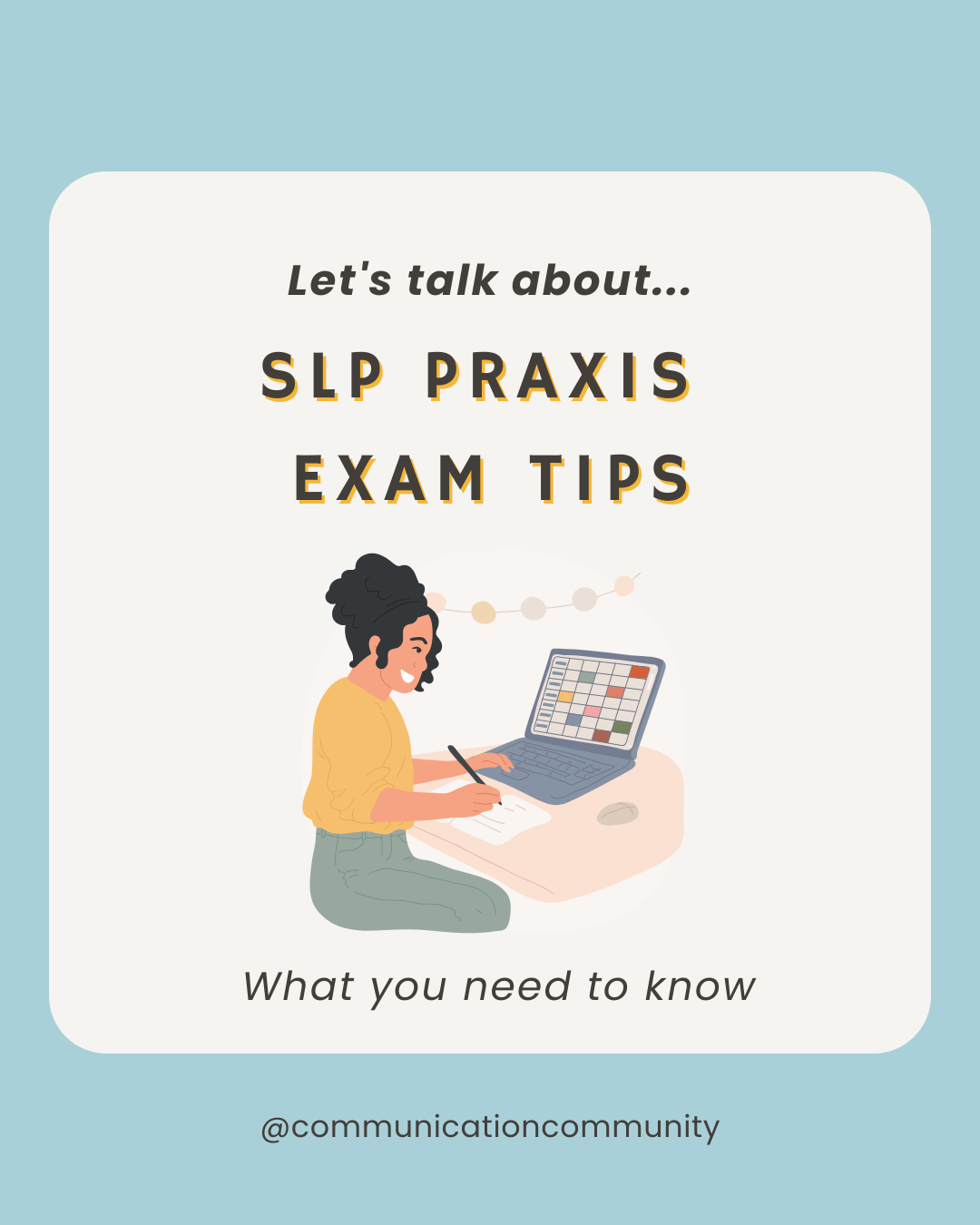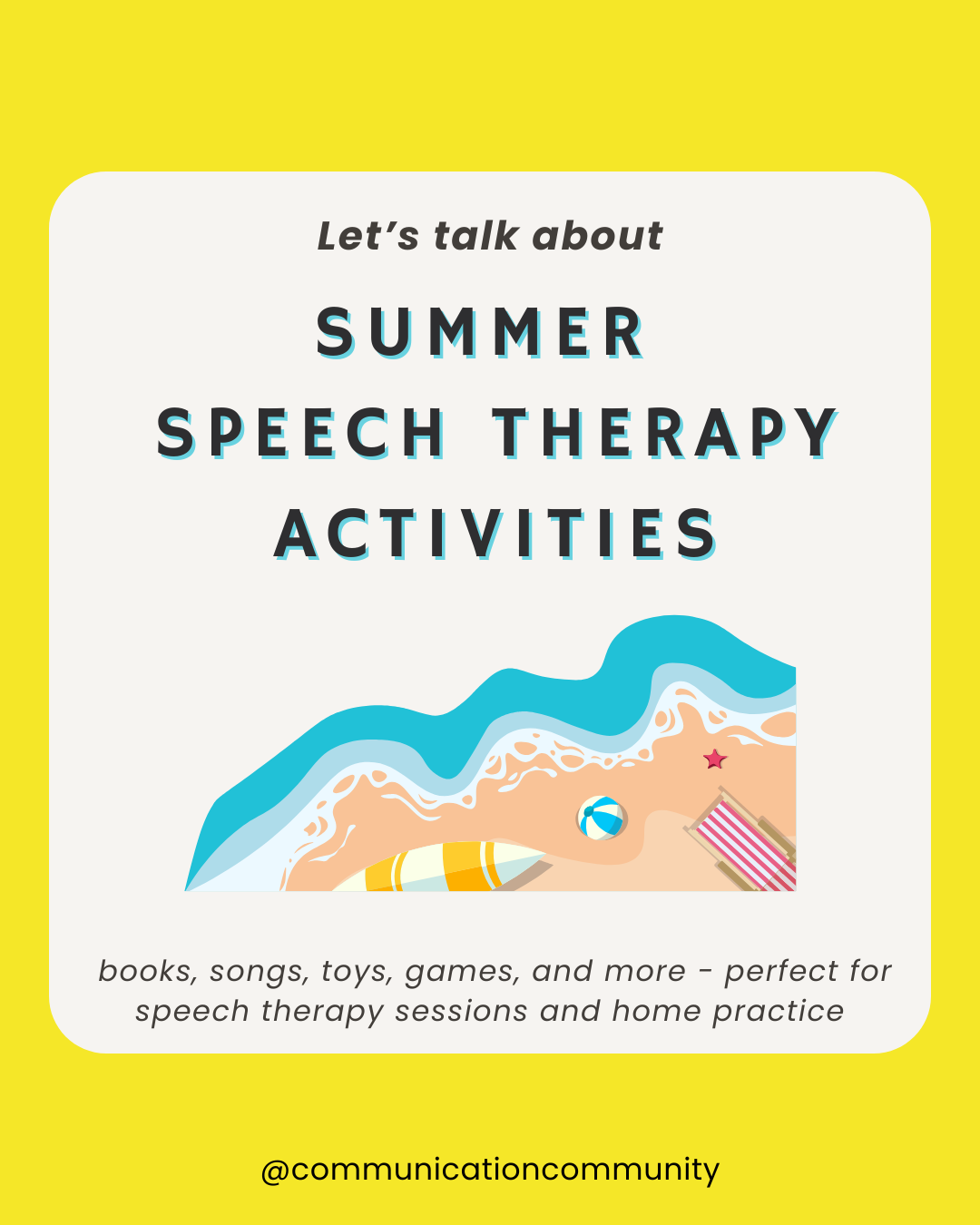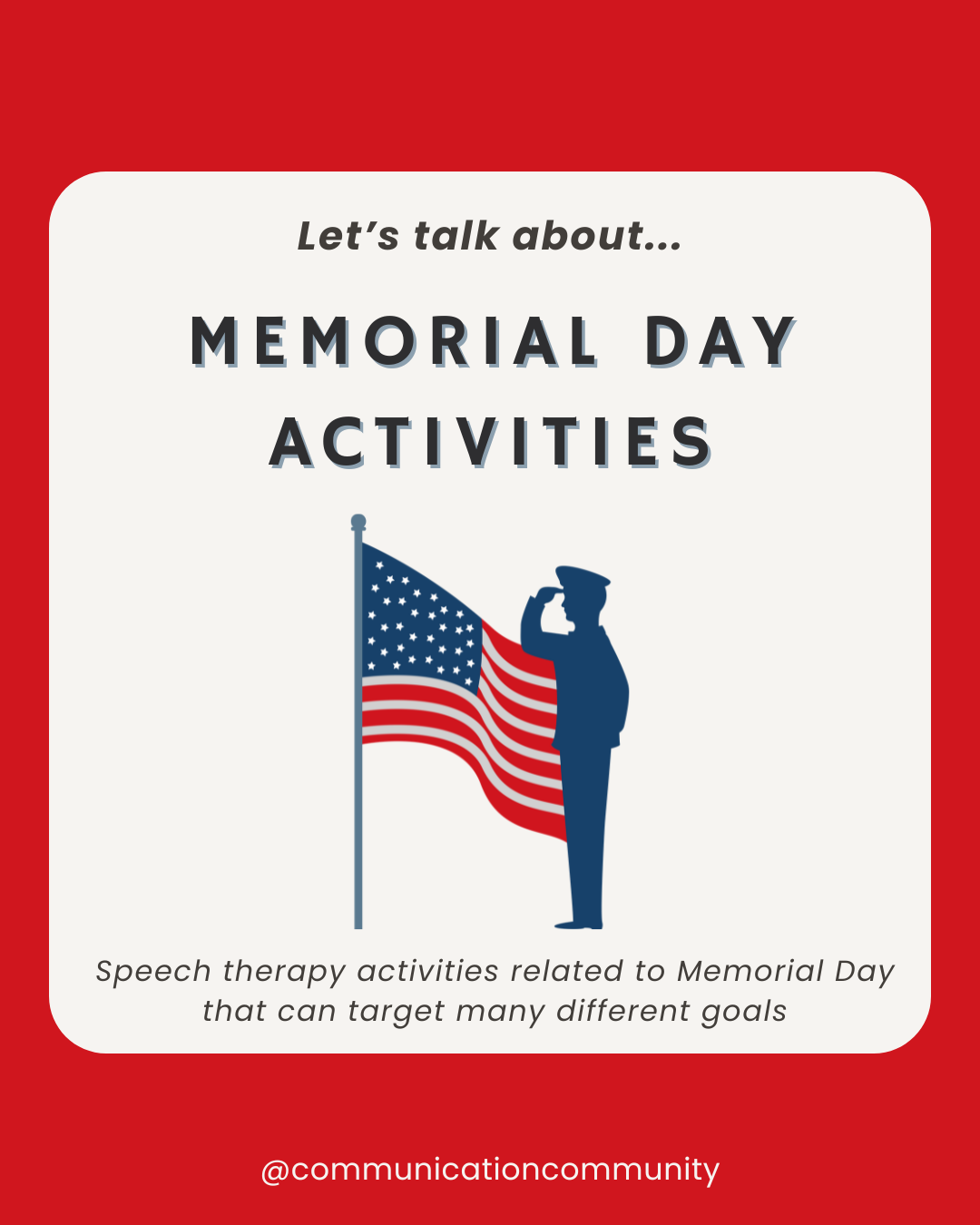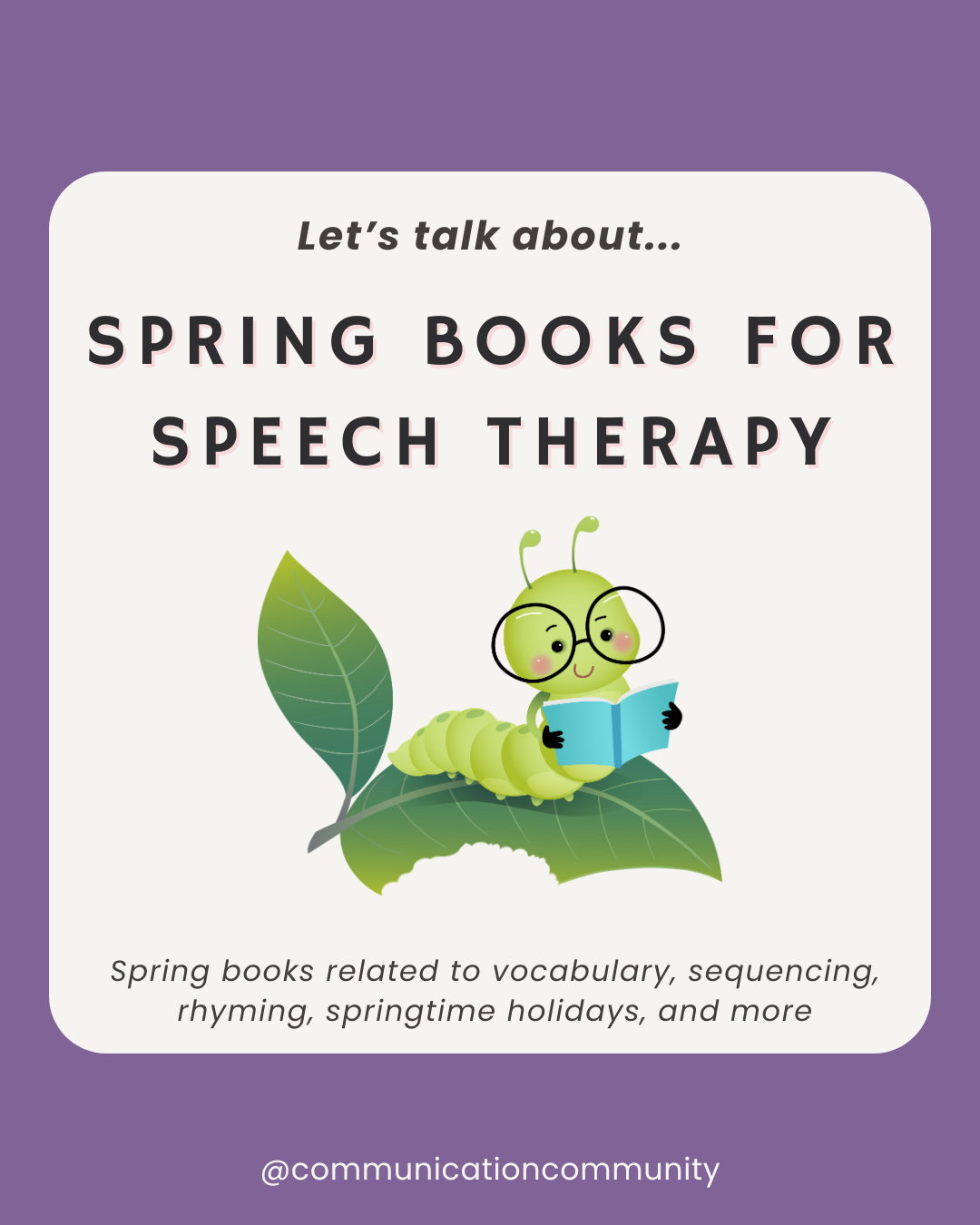The information presented below outlines typical speech and language milestones from birth to 5-years-old; all based on evidence- based research. Check out our lengthier article addressing these developmental milestones in our very first blog post!
Receptive Vocabulary compared to Expressive Vocabulary, by age*:
| Age | Receptive Vocabulary | Expressive Vocabulary |
|---|---|---|
| 1 to 2 years | 200 words | 50 words |
| 2 to 3 years | 3,000 words | 425 words |
| 3 to 4 years | 4,200 words | 950 words |
| 4 to 5 years | 7,600 words | 1,750 words |
*approximate averages
Receptive vocabulary refers to words understood; expressive vocabulary refers to words used.
Birth to 1 year speech and language milestones
- 0-2 months: minimal meaningful vocalizations (vegetative sounds)
- 2-4 months: laughs, coos, smiles
- 4-6 months: begins to babble and make sounds, such as “pa” or “ba”
- 8-10 months: longer babbles, such as “ba ba ba”; more meaningful intonation as language emerges
- 10-12 months: first word(s)* and additional communication attempts emerge (gesturing to request an item, pushing away an item of disinterest)
*What counts as a word for babies/toddlers?
If they use the same word approximation consistently and intentionally, for the same thing, it counts as a word even if it's not pronounced correctly. For example, if they always say, "da" when they see a dog and don't use "da" for other things, then that would count as a word.
1 to 2 year speech and language milestones
- Follows concise directions: when you say, “Give me the doll,” or “Put on your shoe,” your child shows they can follow these 1-step directions
- First words: it is typical for your child to have their first word(s) at or around their first birthday. Often these words contain sounds that require your little one to push their lips together (Mama) and/or end in vowels
- Emergence of basic wh- (who, what, where, when, why, how) questions: most children at this stage are more able to respond to wh- questions versus asking questions themselves. Questions will start small and simplified, such as, “What that?”
- More words: your child has started to combine words to make short phrases (“Mommy hug”)
2 to 3 year speech and language milestones
- Follows 2-step directions: directional understanding is increasing to include more complex directions (“Get the ball and put it on the table”)
- Pleasantries: words like, “please” and “thank you,” are emerging
- Object permanence: your child is showing understanding that objects exist, even if the object is not in their immediate vicinity (if you take their bottle away, they know it still exists)
- Prepositions: will begin to use words such as, “in,” “on,” and “under”
- Longer phrases/sentences: your child is combining more words to produce longer sentences (3 to 4 words)
- Why questions: your child will ask A LOT of “why” questions; often repeatedly and with a rising intonation
3 to 4 year speech and language milestones
- Colors and shapes: your child is understanding different shape (circle, square) and color (red, blue, green) words
- Familial terms: words like “grandma,” “aunt,” and “brother” begin to take on meaning and generalization (your child understands that they have a “brother” and their friend has a “brother” but it is not the same person)
- Rhyming: your child will begin to produce/play around with short rhyming words, like “cat” and “hat”
- Complex wh- questions: your child is understanding and responding to a wider variety of wh- questions; including “how” and “why” questions
- Pronouns: you will see your child expand their pronoun use to identify self and others; such as “me,” “you,” “they,” etc.
4 to 5 year speech and language milestones
- Temporal concepts: words like “today,” “yesterday,” and “tomorrow” are understood
- Sequences: your child has become familiar with routines and sequences (getting ready for bed), as well as sequencing words such as: first, next, then, last
- Clearer speech: some sounds may still be difficult to say; however, your child should be understood by familiar and unfamiliar individuals almost 100% of the time
- Letters and numbers: your child is developing an understanding of letters and numbers. They may point out when they see the letter C or the number 2
- Retelling events: narratives and storytelling are increasing in sentence complexity and duration; your child has increased their ability to remain on the same topic
- Code-switching: your child understands “indoor voice” and “outdoor voice”; they speak in a softer voice when playing with their babydoll compared to when playing with friends
It should be noted that just because your child/loved one does not meet every measure between the EXACT months in which they are highlighted, it is not a cause of immediate concern nor does it mean that they will not get there. However, it does provide you an opportunity to monitor this area and seek out services if warranted.
If you have found that your child/loved one met one or fewer of these milestones within their age range, it may be appropriate to reach out to their pediatrician and/or a speech-language pathologist in your area.
Find additional resources and/or information targeting specific areas of speech and language.
Read more about early speech and language development
- ASHA's information about typical speech and language development
- Early Communication Skills in Young Children
- 8 Ways to Help Your Toddler Talk
- Early Intervention and Preschool/Pre-K Speech Therapy Goal Bank with Resources
- Mix-and-match goals with our Early Intervention and Preschool/Pre-K Goal Bank! Additional resources included! Access this resource through our site or on Teachers Pay Teachers.
- Speech and Language Milestone Handouts
- Clear and well-designed handouts for the early intervention/early childhood therapist!

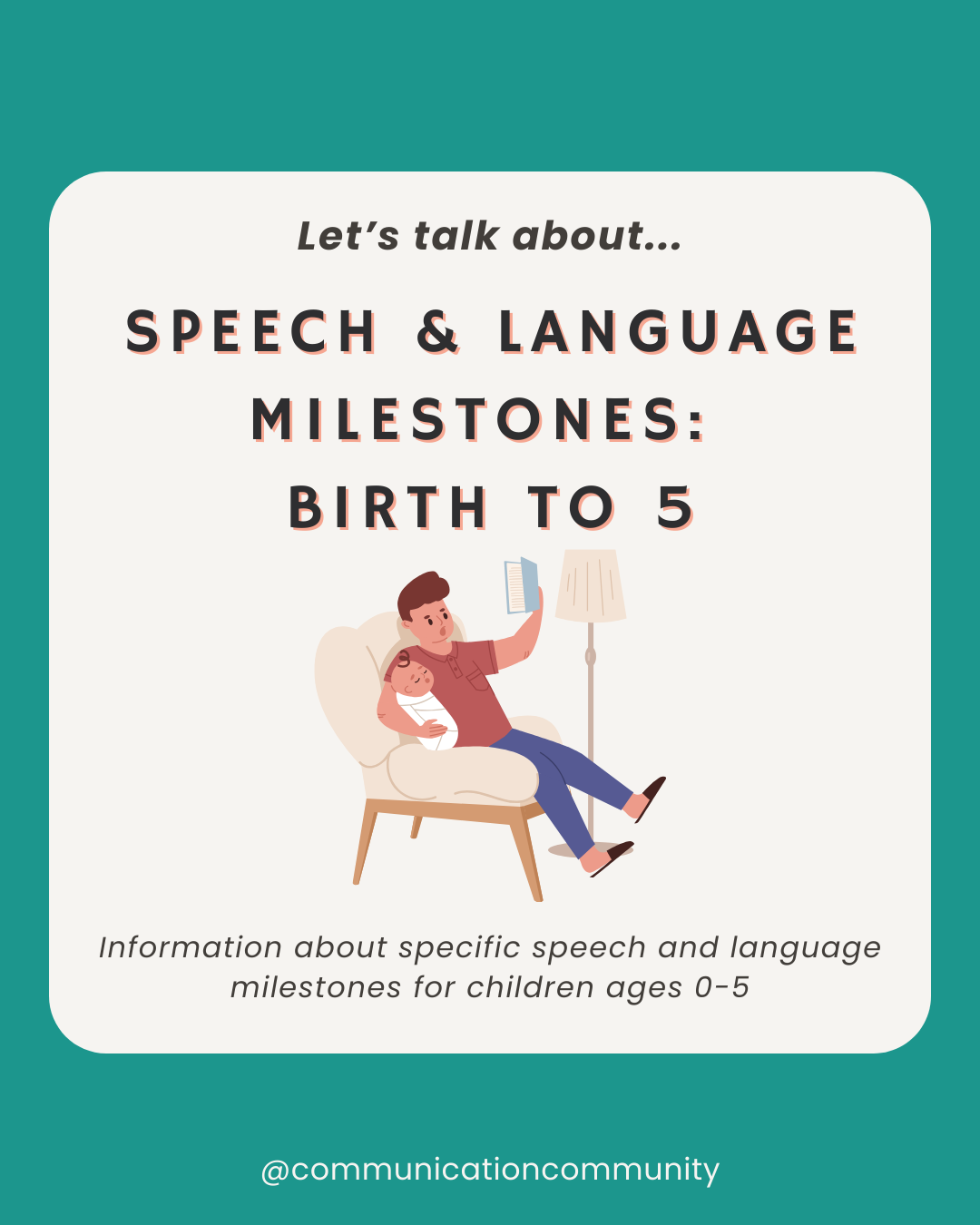
![How to Write Apraxia Goals [with goal bank]](https://www.communicationcommunity.com/content/images/2024/07/Apraxia-Goals--1-.png)
